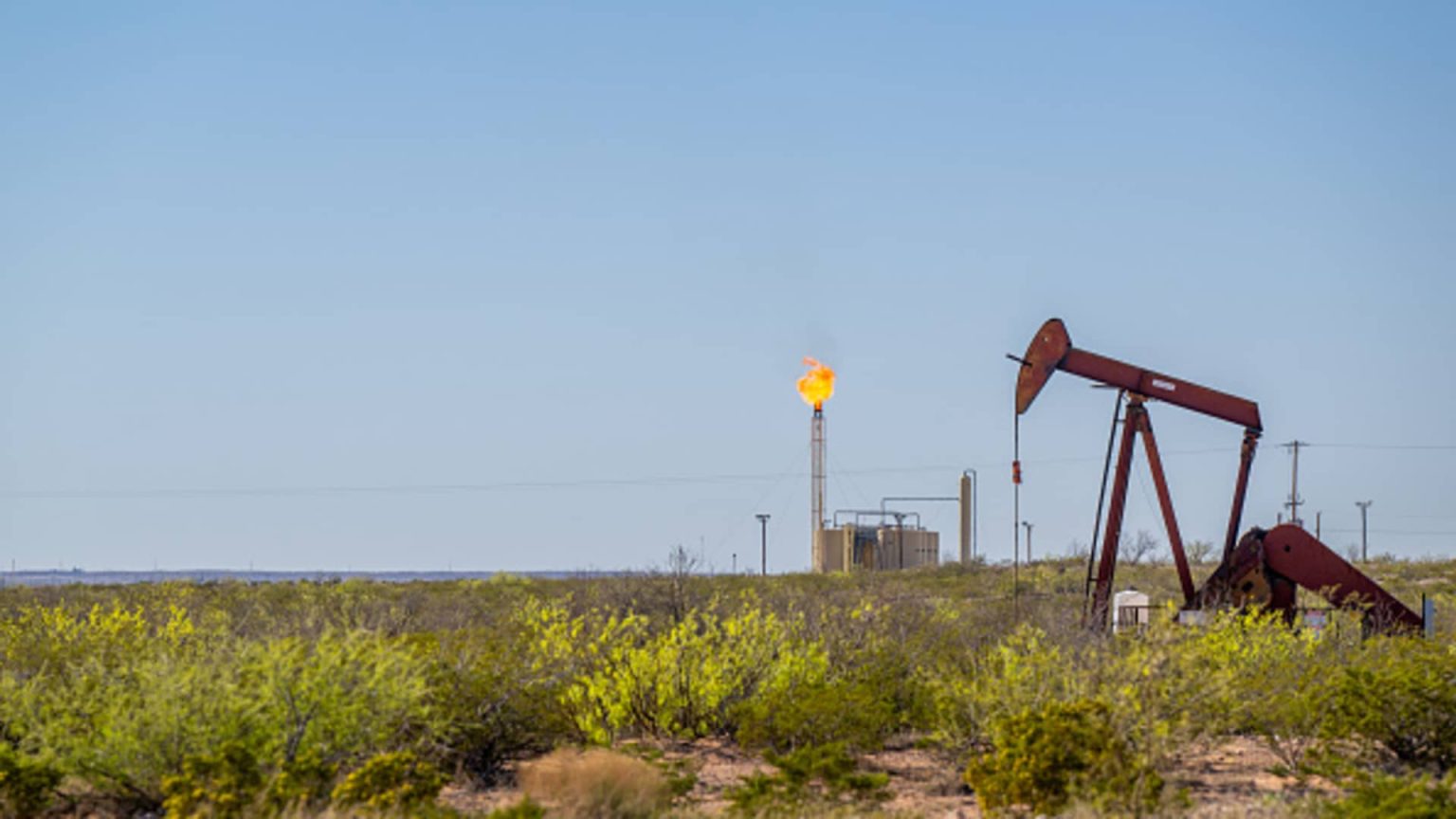The International Energy Agency (IEA) is predicting a surge in global oil production led by the United States that will outstrip demand growth until the end of the decade. This is expected to push spare capacity to unprecedented levels, potentially disrupting OPEC+ market management. IEA Executive Director Fatih Birol warned Big Oil to align their business strategies with these changes. The IEA’s latest medium-term market report, titled Oil 2024, forecasts slowing oil demand growth, reaching a peak of nearly 106 million barrels per day by 2030, up from just over 102 million barrels per day in 2023. However, total oil production capacity is projected to surge to nearly 114 million barrels per day by 2030, resulting in levels of spare capacity not seen before, other than during the 2020 Covid-19 lockdowns.
The IEA warned of significant consequences for oil markets, including impacts on the U.S. shale industry and producer economies in OPEC and beyond. As the Covid-19 pandemic rebound loses momentum and clean energy transitions progress, as well as shifts in China’s economy, global oil demand growth is set to slow down and reach its peak by 2030. These projections suggest a major supply surplus will emerge this decade, prompting oil companies to ensure their business strategies are prepared for these changes. The report comes as countries are moving away from fossil fuels, with a focus on clean and energy-saving technologies to address the climate crisis. The IEA expects the share of fossil fuels in the global energy supply to fall from 80% to around 73% by 2030.
Despite the projected slowdown in oil demand growth, the IEA anticipates that, in the absence of stronger policy measures or behavioral changes, crude demand will still be about 3.2 million barrels per day higher by 2030 than in 2023. This growth is largely driven by robust demand from fast-growing economies in Asia, as well as the aviation and petrochemical sectors. In advanced economies, however, oil demand is expected to decline to below 43 million barrels per day by 2030, down from close to 46 million barrels per day in 2023. The last time oil demand from advanced economies was that low was in 1991. The IEA had previously urged against new oil, gas, or coal developments to achieve net zero by 2050, a stance criticized by some OPEC+ producers who advocate for investment in both hydrocarbons and renewables until green energy can meet global consumption needs.
OPEC+ is an influential energy alliance led by Saudi Arabia that includes OPEC and non-OPEC partners. The organization has been supportive of investing in both hydrocarbons and renewables to meet global energy needs until green energy can fulfill consumption demands independently. The IEA’s projections highlight the ongoing transition away from fossil fuels towards clean and energy-saving technologies. The report serves as a warning to oil companies to adapt their business strategies to the changing dynamics in the energy market. With a surplus in oil production capacity expected to emerge this decade, the IEA emphasizes the need for businesses in the oil sector to prepare for a future where global oil demand peaks and begins to decline. As the world continues to address the climate crisis, the focus on renewable energy sources and reducing reliance on fossil fuels is becoming increasingly urgent.


